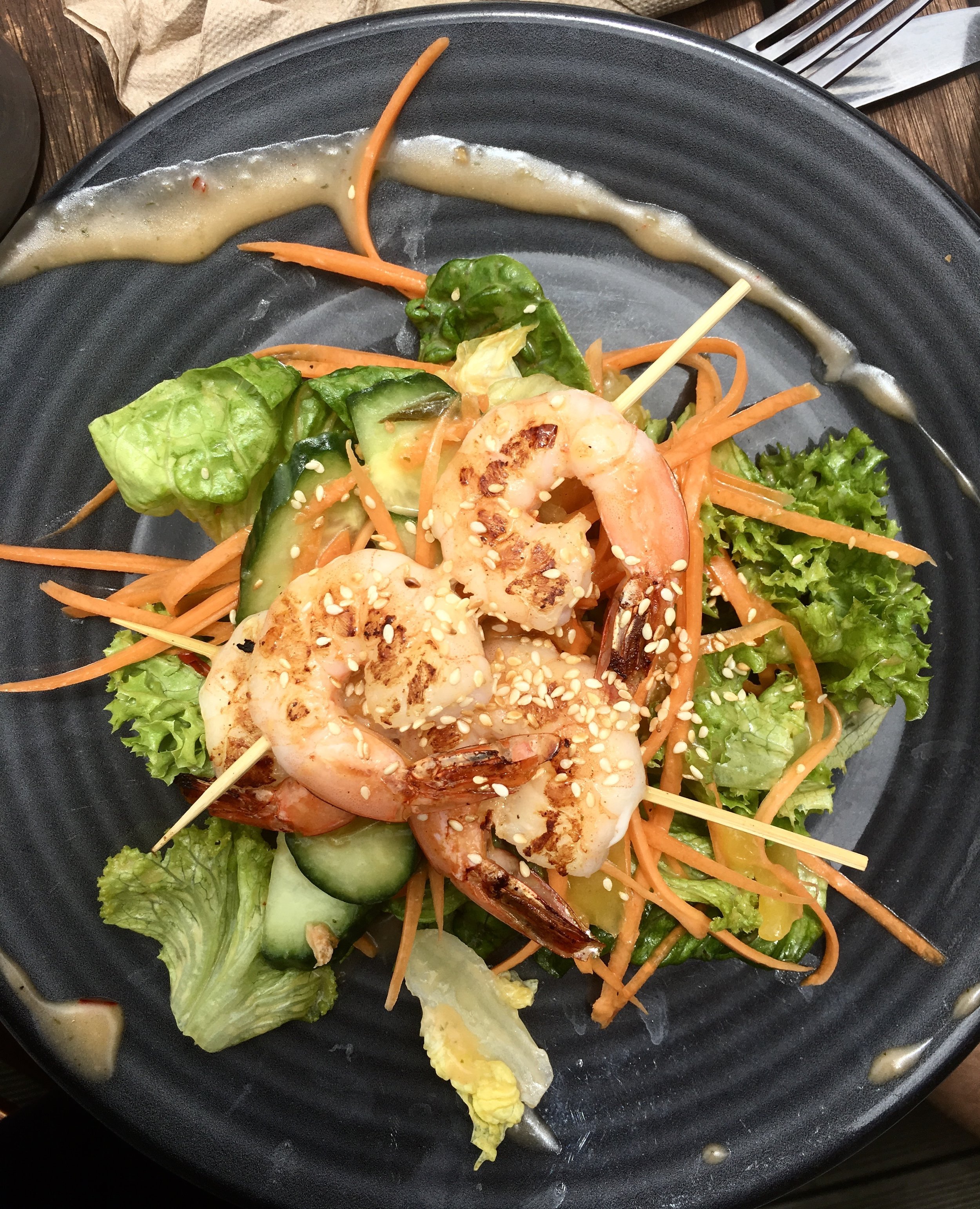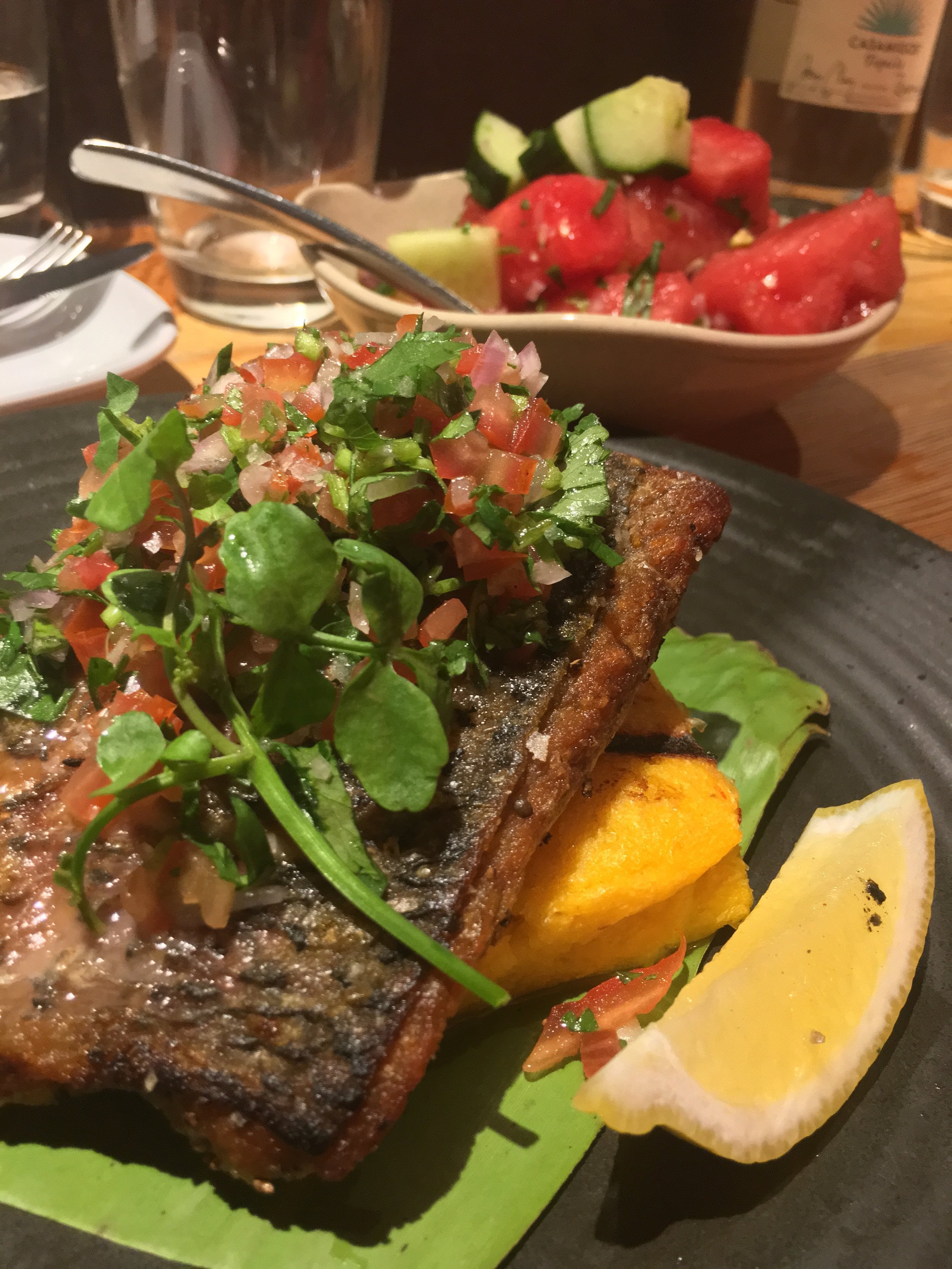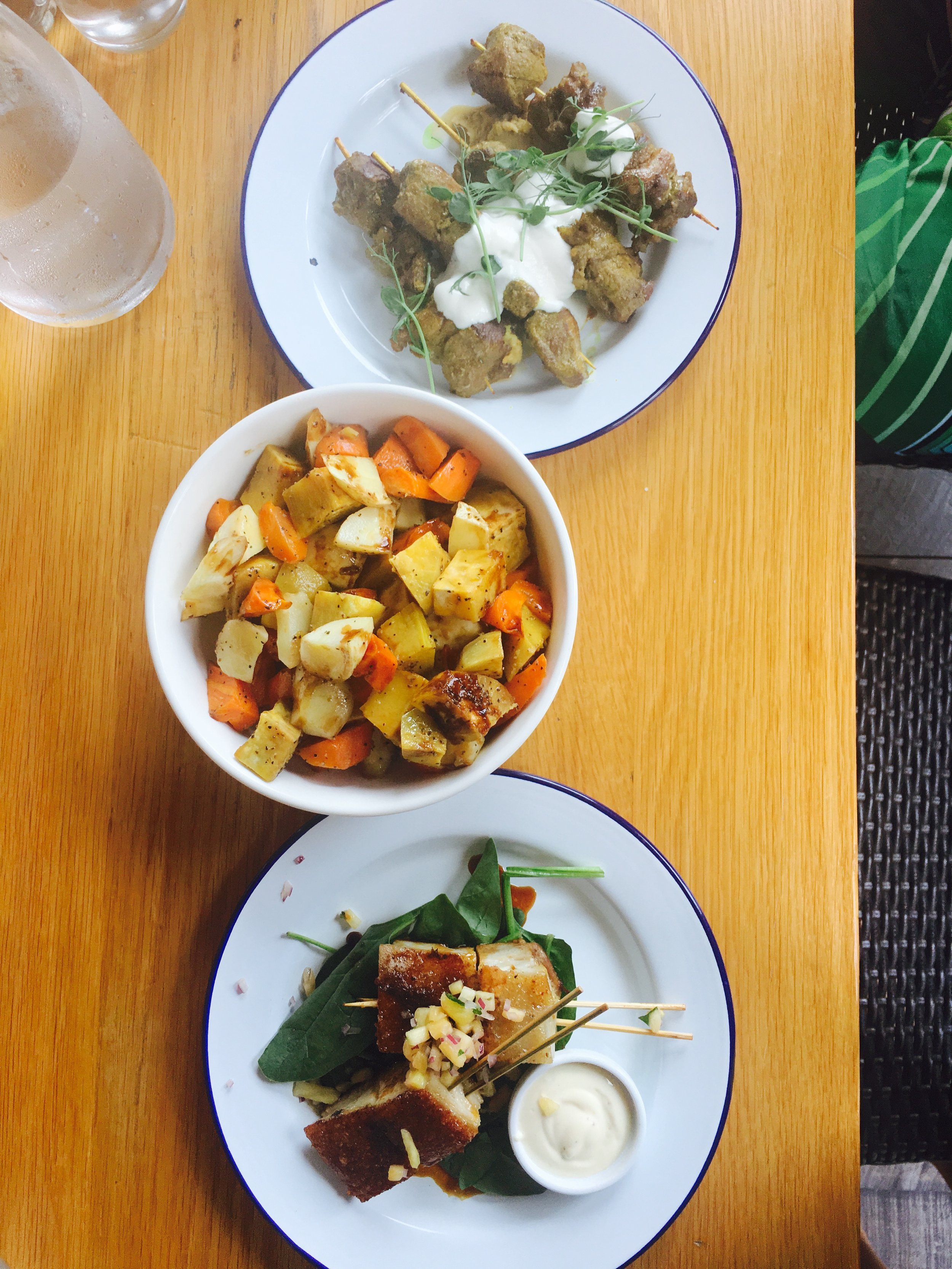5 things the US food industry can learn from New Zealand
As you may have seen if you're following me on instagram, I've just spent the last 2 weeks in New Zealand. After only a few days in the country, I noticed some stark differences between how they do things and how the USA does things as it relates to food.
1. Checkout stands
The snacks at the checkout stands are on point. Great sources of protein and fat foods that are whole and mostly unprocessed. I'd take this over candy bars and gum anyday!
2. Gas station "convenience" foods
Fresh produce is accessible before you even enter the gas station shop! Of course there is still junk available inside should you desire it, but when was the last time you saw lemons, oranges, apples, avocados, and sweet potatoes easily accessible at the gas station?! Bravo, New Zealand.
3. Yolk Porn
You know that feeling when you poke a poached egg with your fork and the yolk just runs? Well imagine that plus the dark orange yolk color! ALL the eggs in New Zealand are free-range, meaning the chickens have the freedom to roam and eat insects and worms as they are supposed to. Don't let US egg labels confuse you into thinking that chickens are supposed to be "vegetarian" fed. The naturally brighter orange color of NZ yolks signifies higher nutrient content in these eggs.
4. Grocery variety
Dairy-free yogurts
Normally to buy dairy-free yogurts (without added gums, stabilizers, etc.) you need to go to a specialty store like PCC Natural Markets or Whole Foods. And even then, you can't find one without added sugar. How decadent would a coconut yogurt be when simply flavored with cocoa powder, real fruit, or not flavored at all?
Paleo granola and bars
These snacks are accessible by shopping online or at specialty stores in the States, but imagine being able to grab a low-sugar, high protein bar made from real food at your checkout stand or at least in your regular grocery store!
Fermented vegetables
Raw, fermented, probiotic sauerkrauts and pickles are available at the "regular" grocery store. How cool is that? This makes having probiotic foods easily accessible to everyone, not only the people who can afford to go to a special store for their shopping needs.
Well-fed animal foods
In the meat section of grocery stores, you will easily find grass-fed beef, venison, lamb and free range chicken. Interestingly, they don't even need to have a label because, shocker: the animals eating their natural diet is NORMAL. This also includes butter from grass-fed cows and eggs from free-range chickens.
Free fruit for children
Now I know Whole Foods and PCC have got this down, but I'm still waiting for "regular" groceries to take on this habit. I'm sure if someone asked, they would be open to giving a child some fruit, but it's currently not well-known.
5. Dining out
It was very easy to eat healthy while eating out, though we didn't do it every day. There was always a gluten-free option and several whole-food, low-sugar options that a customer could choose from when eating out. Above are some of the meals that I had when eating at general cafes or pubs (non-fancy).
I hope you enjoyed exploring how foods are different in New Zealand. This post is intended to show what it would look like to have an ideal food system. I also hope it has inspired you to think more regularly about how you can make better choices when buying food here in the States. As of right now (in order to be healthy), we have to constantly ask ourselves the questions of: Is there added sugar? Is this meal cooked with poor quality fats? Do I need all these carbs? How am I nourishing myself? And more. I pray that one day free-range, grass-fed, and organic will once again be the norm and not the minority. It starts with you.









